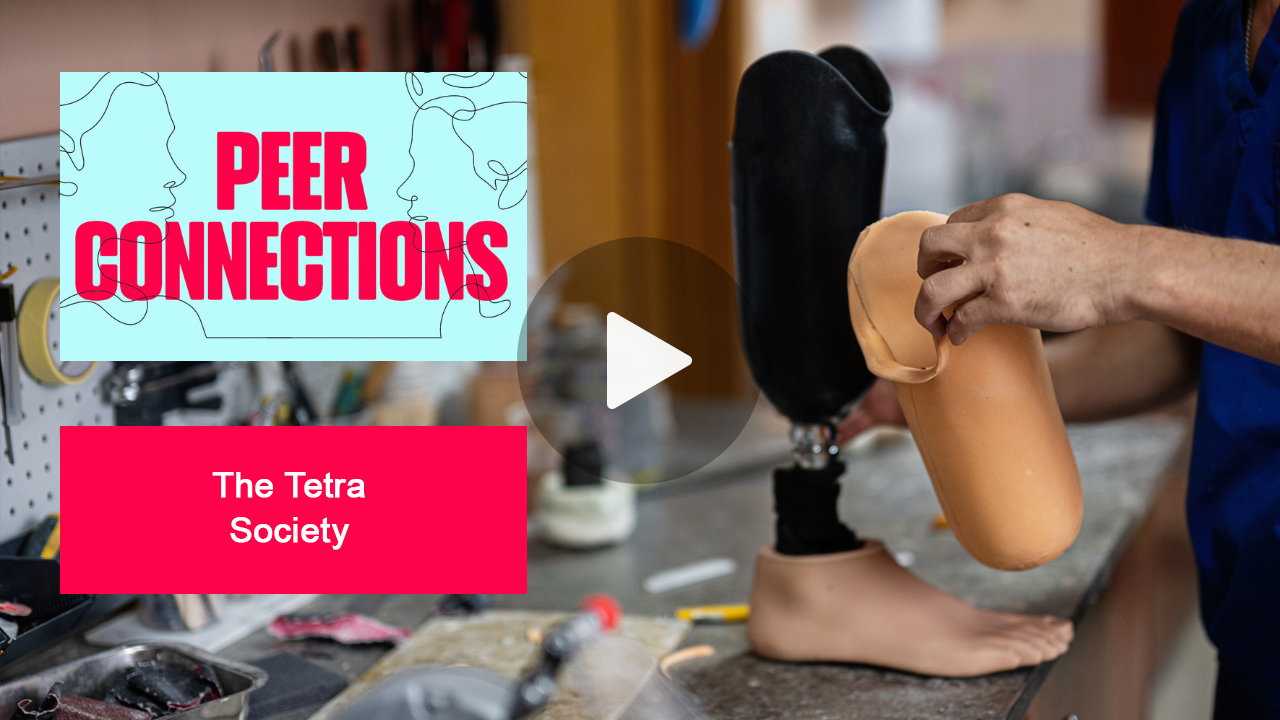Today’s video is about adaptive equipment for activities of daily living, featuring assistive devices for the physically disabled. Nadine walks through some adaptive aids she uses to make her life as a quadriplegic easier. Nadine has a C6 spinal cord injury, which means she is unable to walk, with limited hand functions. However, it’s not what you have lost, but it’s what you have left. There is life after a spinal cord injury, and today she would like to share with you some of the many gadgets that she uses along the way to help her with her activities of daily living.
This video discusses the benefits of adaptive equipment for activities of daily living. This equipment can help people with disabilities to have a more fulfilling and active life while being able to stay in the norm. Adaptive equipment for activities of daily living offers a number of benefits to individuals who use it, including inclusion in school and work environments, an increased range of motion that improves health and well-being, and a positive social experience that boosts self esteem.
Adaptive equipment for activities of daily living are tools that enable people to perform everyday tasks more efficiently, such as cooking, cleaning, mobility, etc. An array of assistive devices for the physically disabled is available in the market, but it is difficult to choose which one will suit best. You need to consider what type of device it is, its functionality, and who you are buying it for. Over the years, there has been a significant increase in the number of people with disabilities. This has led to an increase in the demand for assistive devices that can help them live their lives better.
People with motor impairments have been using these devices for years now. However, there are still opportunities for expansion into other areas of society that utilize this technology including healthcare, education, government and the entertainment industry. If you enjoyed today’s video about adaptive equipment for activities of daily living, featuring assistive devices for the physically disabled, please remember to like, share, subscribe and leave a comment if you have any questions, suggestions or feedback. We hope to see you here again soon!





